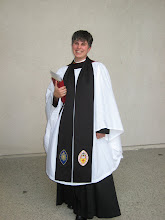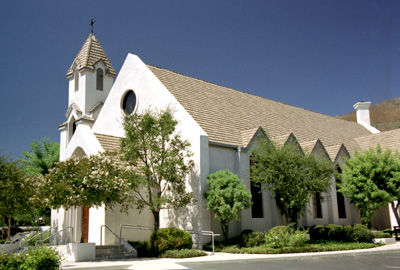
You are the manager of a Little League team that has been selected to go to the Little League World Series. There are 25 players on your team, but only 15 are allowed to go the World Series according to Little League rules. What criteria do you use to determine which 10 players
won't go with their teammates to play in the World Series?
In his second lecture, Dr. George gave us this problem work out in groups based on our personality type. Using the Myers-Briggs Type Indicator (see post "Dr. George" from December 10), Dr. George divided us into two groups: Thinking (T) and Feeling (F). He explained that the T and the F are the parts of our personality we use to make decisions. The answers each group came up with were exactly what Dr. George predicted. The T's made their decision based on logic, and the F's made their decision based on care for the feelings of each player. Fascinating!
 Carl Jung's
Carl Jung's theory of personality, which is what this group exercise was designed to teach us a little bit about, is actually quite complex. Dr. George spoke of Jung's close relationship with Freud, the end of their relationship, and Jung's departure from Freud's theories and the development of his own theories, namely, what Jung calls the
Collective Unconscious. The Collective Unconscious is itself quite complex. Dr. George described it as the thing that connects us to all other people across time and space. Sounds to me a bit like what we call "the communion of saints." (
click here to learn more about Jung's theories)
Regarding how God fits into all of this, Dr. George taught us about Jung's theory of the Self: the truest, most centered place in our personality, free of defense mechanisms, persona (the part of ourselves we allow the world to see), the ego, etc. He said the Self is what lives on eternally. It is the part of us that is not constructed or mutable but rather the part of us that is the
Imago Dei, the image of God.

I am reminded of the Gospel lesson from this past Sunday, the second Sunday of Advent. We read
Matthew 3.1-12, but particularly verse 12 where John the Baptist is quoted as saying, "His winnowing fork is in his hand, and he will clear his threshing floor and will gather his wheat into the granary; but the chaff he will burn with unquenchable fire." The chaff is an important part of the wheat. As the wheat grows and ripens the chaff protects it, but there comes a time when the wheat matures and no longer needs the protection the chaff can offer. I think of the chaff as the parts of our personality that are constructed, mutable, and help us get along in the world. But this isn't our true self, our Imago Dei. The wheat as the Imago Dei, the Self. It is the part of us that is fruitful and maturing. It is what God has created and called good in each of us and it is the part of us that endures!
COMING SOON: Dr. George's suggested reading list for further study. Stay tuned!
 He was in the world, and the world came into being through him; yet the world did not know him. He came to what was his own, and his own people did not accept him. But to all who received him, who believed in his name, he gave power to become children of God, who were born, not of blood or of the will of the flesh or of the will of man, but of god.
He was in the world, and the world came into being through him; yet the world did not know him. He came to what was his own, and his own people did not accept him. But to all who received him, who believed in his name, he gave power to become children of God, who were born, not of blood or of the will of the flesh or of the will of man, but of god.
























